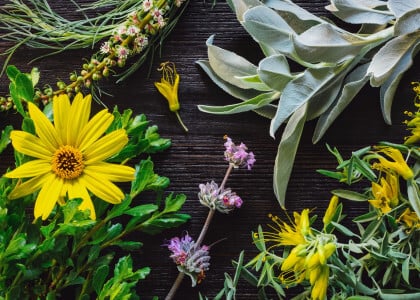Incorporating native plants within your landscape design offers a multitude of benefits and provides a positive impact on the environment.
Native plants have all adapted over time to withstand the various micro-climates and environmental conditions within their hardiness zones. As a result, they are generally tough, durable plants which are more resilient to pests and disease and provide a conducive habitat for various forms of wildlife.
Both natives and “nativars” are excellent candidates for integrating into a sustainable landscape design. They usually require less overall maintenance and water once they become established. Natives can also provide many years of year-round interest with attractive flowers, fruit, fall color, and winter silhouette.
However, just because a plant is native does not mean it will acclimate itself to any environment. Certain natives can be difficult to transplant, or they may require a specific soil pH to perform successfully. The cultural requirements of individual plants should still provide key factors when choosing the plants for any sustainable landscape.
Even though Hydrangea Annabelle is a “nativar,” it still prefers moist soil and partial shade. It is pretty adaptive to most soils, and however, if planted in full sun, it will greatly appreciate supplemental watering during dry conditions. Our Red Bud strain is considered one of the most cold-hardy forms, yet it still prefers a protected location during the winter months and is more prone to canker and verticilium wilt under stressful conditions.
Also, consider your plant preferences. Many people welcome the advantage of using native plants but may have a list of other ornamentals they wish to incorporate. That’s fine, and those choices can be included where appropriate in the landscape design plan.
Shop our native, grasses, plants and trees online at mckaynursery.com To shop in person visit our Garden Centers in Oshkosh Wisconsin or Oregon Wisconsin.

